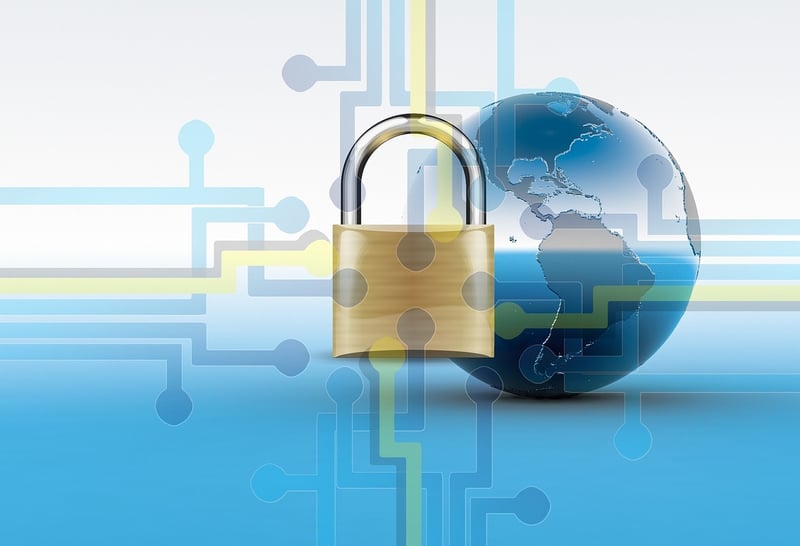Causality Protocols
Avoiding Timeline Disruptions & Causality Protocols
Time travel, a concept that has fascinated humanity for centuries, is often portrayed in popular culture as an exciting adventure. However, the reality of time travel, if achievable, comes with significant risks and responsibilities. One of the most critical aspects of time travel is avoiding timeline disruptions and adhering to causality protocols.
Understanding Timeline Disruptions
Timeline disruptions occur when actions in the past alter the course of events, creating a ripple effect that can have unforeseen and potentially disastrous consequences. Imagine a scenario where a time traveler prevents a historical event from happening; this seemingly small change could lead to a chain reaction of events that drastically alter the present and future.
Key Strategies to Avoid Timeline Disruptions:
- Observe and minimize interactions with the past
- Adhere to the principle of non-interference
- Avoid altering significant historical events
- Exercise caution when sharing knowledge of the future
Causality Protocols
Causality protocols are guidelines or rules that time travelers follow to maintain the integrity of the timeline and prevent paradoxes. These protocols are designed to ensure that actions in the past do not create inconsistencies or contradictions that defy the laws of physics.
Essential Causality Protocols:
- Do not interact with past versions of yourself
- Avoid creating grandfather paradoxes (preventing your own existence)
- Minimize the impact of your presence in the past
- Respect the natural flow of events
Time travel, if ever realized, would require a deep understanding of the implications of altering the past and the importance of maintaining causality. By following causality protocols and being mindful of potential timeline disruptions, time travelers can navigate the complexities of temporal manipulation responsibly and ethically.

Remember, the fabric of time is fragile, and even the smallest change can have far-reaching consequences. Proceed with caution and always prioritize the preservation of the timeline to prevent catastrophic disruptions.
